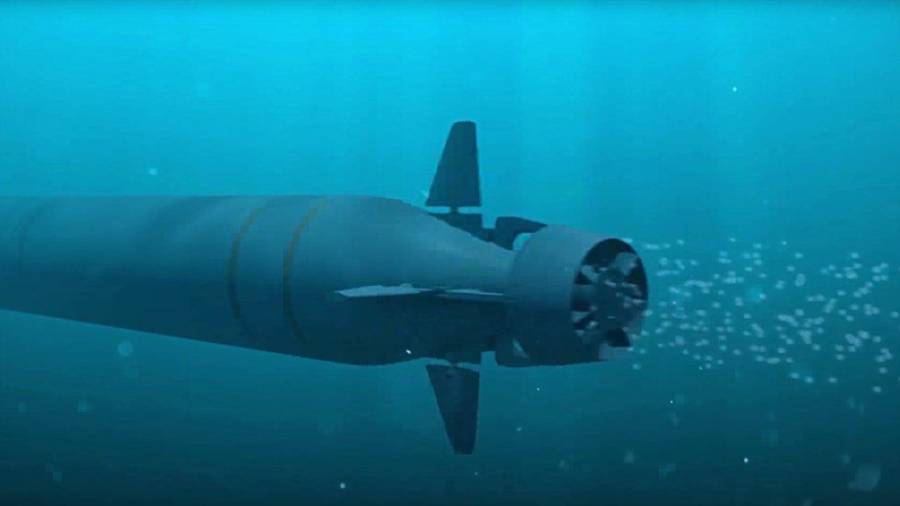
On Sunday, President Putin ordered his military to move Russia’s “deterrent forces” – which include nuclear weapons – to a “special mode of combat duty”. But what exactly does that mean?
It is not entirely clear, Western analysts say. UK officials say that the language Putin used did not quite fit with their understanding of the alert levels for Russian nuclear weapons.
Some think Putin was ordering a move from the lowest alert level, “constant”, to the next level up, “elevated”, (with “military danger” and “full” still above) but that was not certain. Each move increases readiness for weapons to be used.
Many though have interpreted the move primarily as a form of public signalling, rather than indicating a real intent to use such weapons, which Putin knows will bring nuclear retaliation by the West. UK Defence Secretary Ben Wallace has indicated that he believes the announcement was primarily “rhetoric”.
That does not mean there are no risks and the situation is likely to be watched closely. So far, Western governments have been careful not to further escalate either rhetoric or the action. The US military has its own defence readiness alert status known as Defcon, and today White House Press Secretary Jen Psaki said there was “no reason to change” its nuclear alert levels at the moment.
The UK has nuclear armed submarines at sea and is also unlikely to say anything publicly. The aim appears to be to treat the Russian statement as bluster and not increase tensions by appearing to take it too seriously or take any actions which might spark a Russian response.

